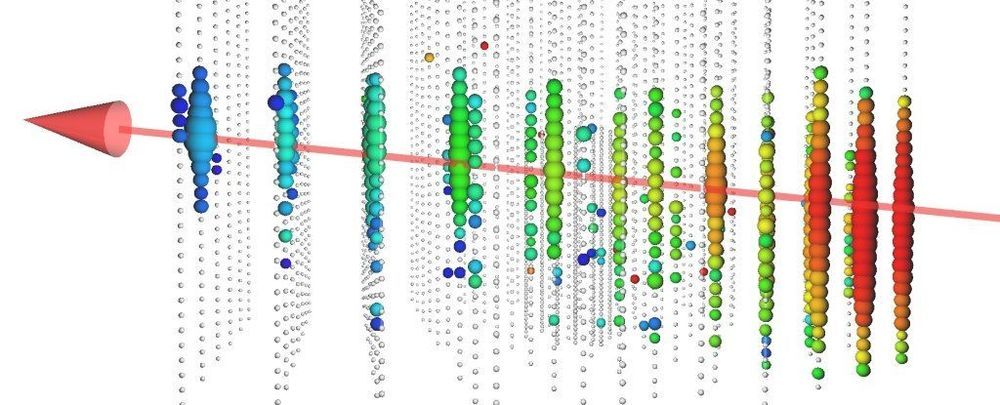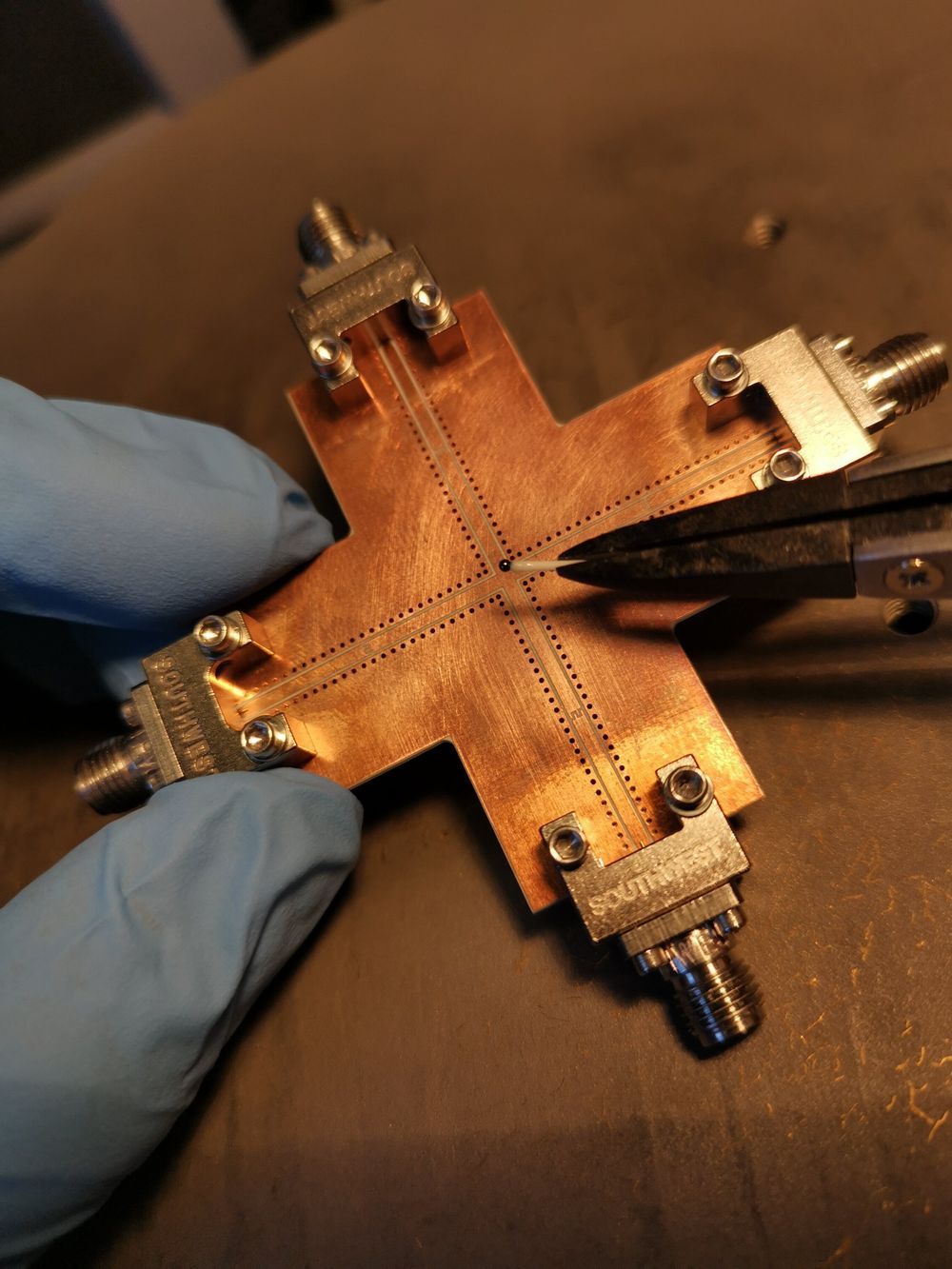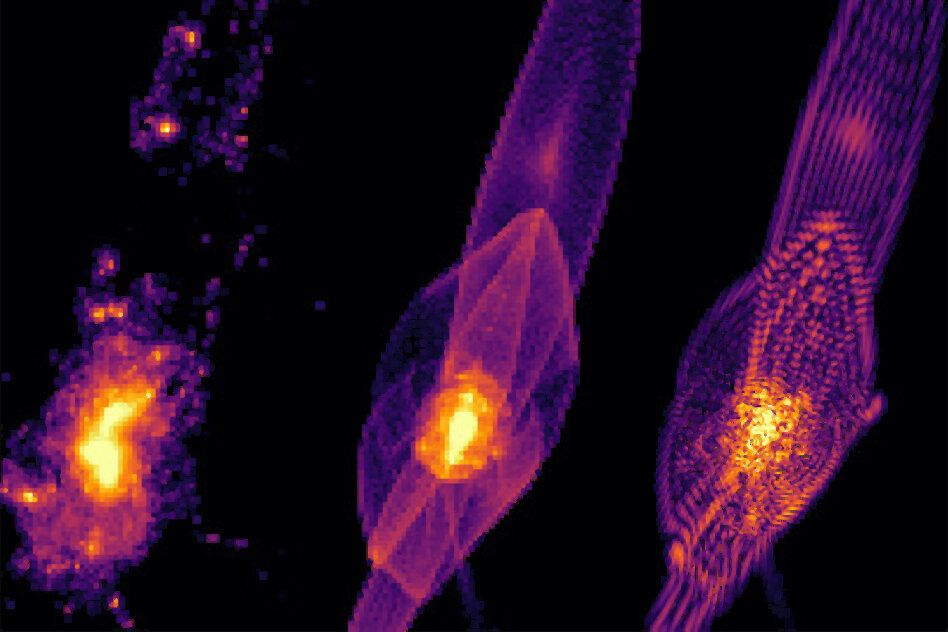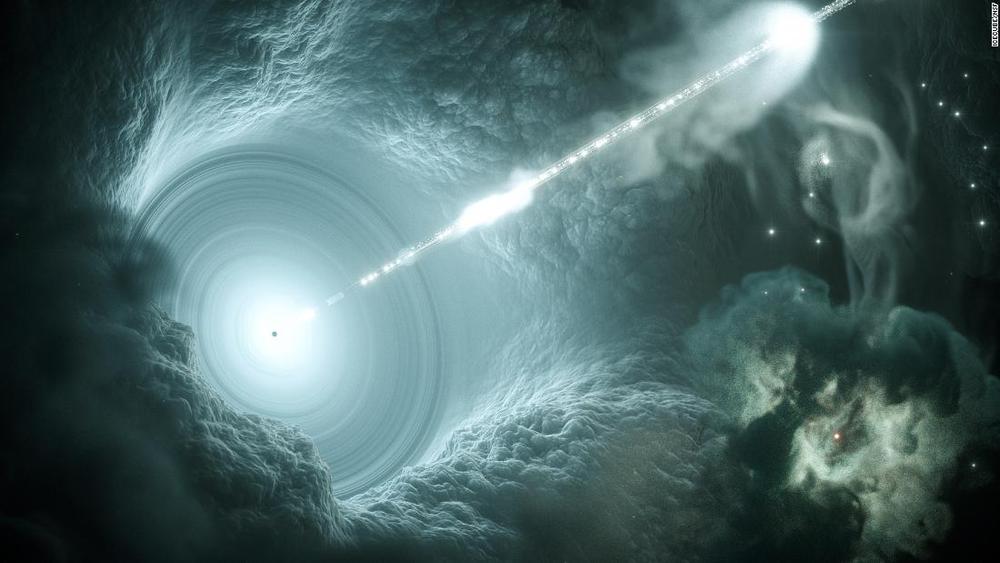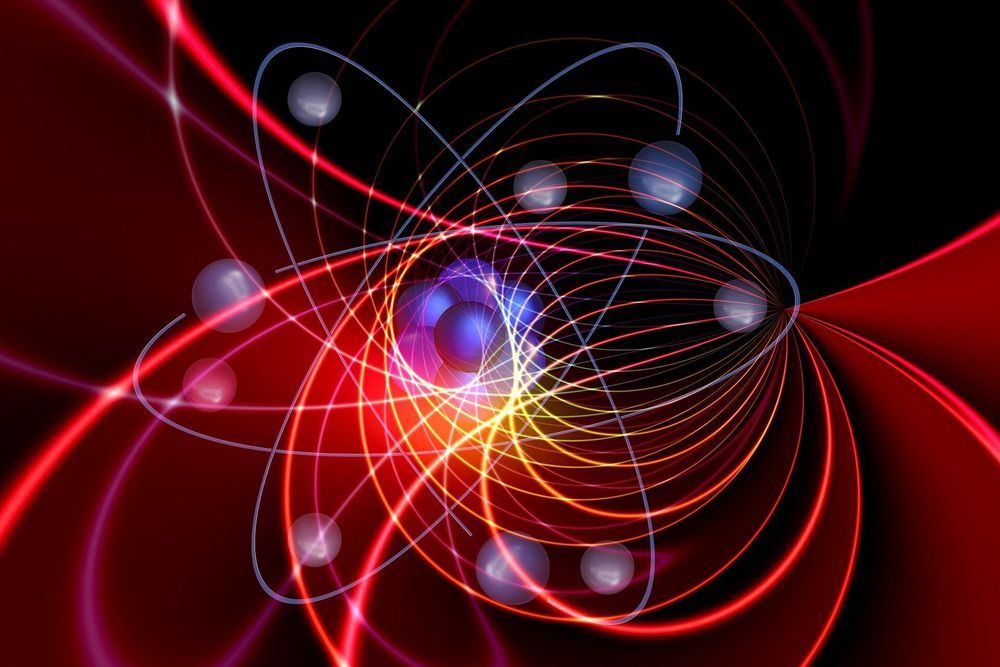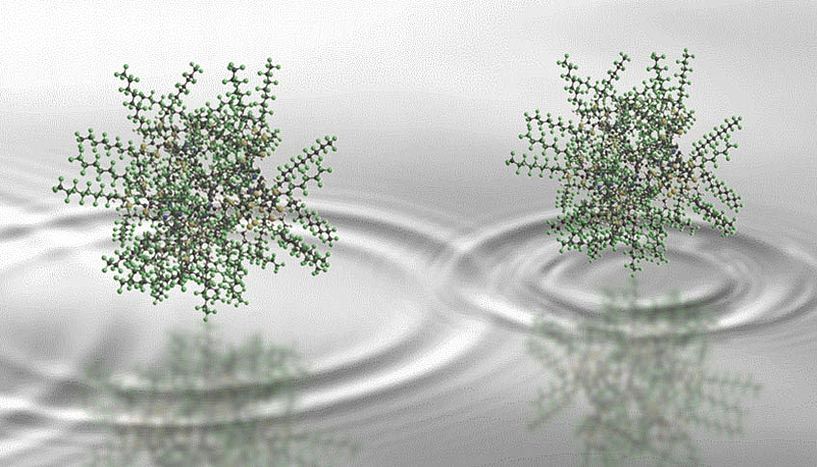When a single neutrino was detected by a neutrino detector in Antarctica in September 2017, it was the start of something amazing. It was to become the first-ever high-energy neutrino that astronomers could trace back to an origin — a blazar galaxy called TXS 0506+056, 3.8 billion light-years away.
But, in the manner of many great discoveries, that revelation opened up a whole new can of questions, including this: why, of all the galaxies with similar properties, has a neutrino only ever been traced to this one?
Now, astronomers have found a possible answer, pinpointing the source event that produced this neutrino. The relativistic jet blasting out of a supermassive black hole could have acted as a cosmic particle collider, producing a flurry of neutrinos that, due to the shape and wobble of the jet, ended up streaming through Earth.
